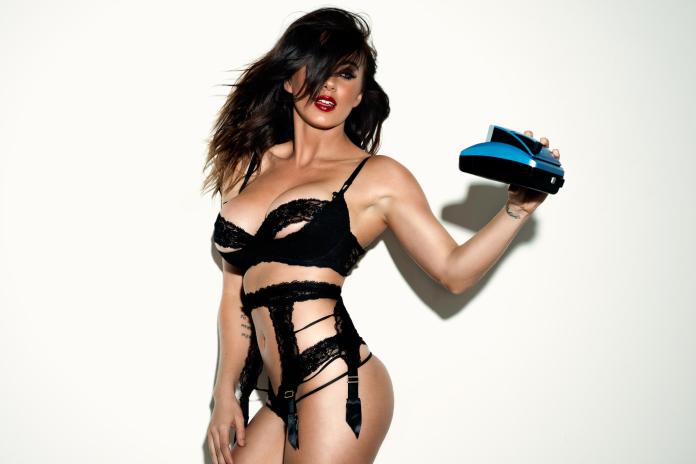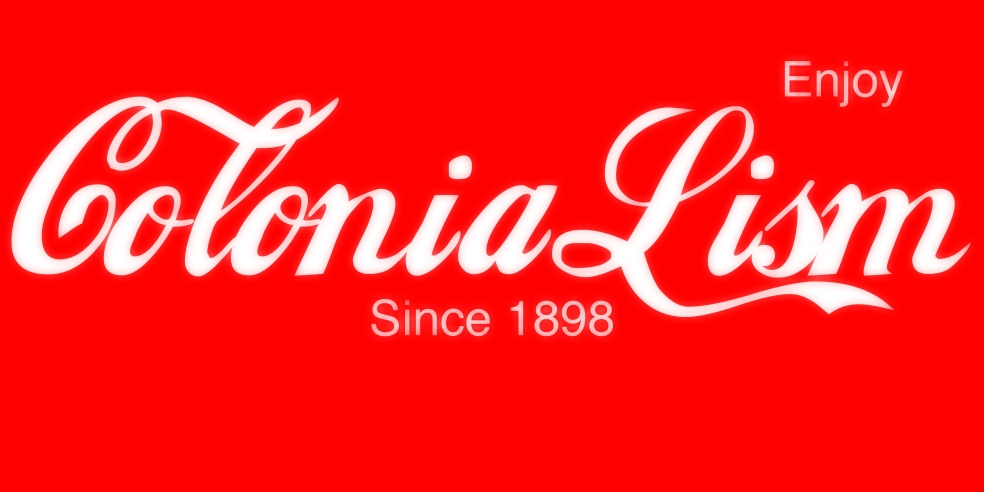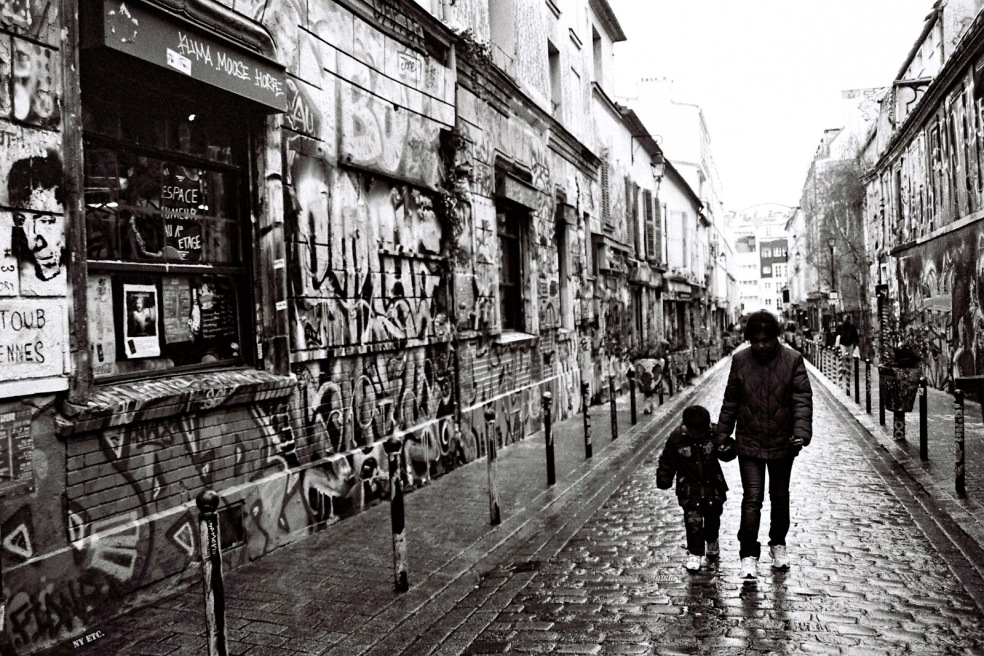 It is a strange sensation to be watching the Canada Day festivities celebrating reconciliation between the citizens of the country in which I was born while at the same time monitoring a continuous message feed from my family in Dhaka about gunmen shooting up the café near our family home. It is a feeling of being torn apart between gladness and sadness, between joy and terror, between a world at ease and a world in turmoil.
It is a strange sensation to be watching the Canada Day festivities celebrating reconciliation between the citizens of the country in which I was born while at the same time monitoring a continuous message feed from my family in Dhaka about gunmen shooting up the café near our family home. It is a feeling of being torn apart between gladness and sadness, between joy and terror, between a world at ease and a world in turmoil.
Similar to Canada, Bangladesh is a country that is unique among its peers. It’s a place of diversity, where there are more young than old, where both political parties are led by women, and where an entrepreneurial spirit gives life to the pulse of its highly engaged civic heartbeat.
With its lush landscape, intellectual history, and active citizenry, Bangladesh is a country that, like Canada, could be a beacon for pluralism and equality, values that US President Obama said at Parliament Hill were universal, not local.
But, it is precisely the obsession with the local, and the unwillingness to know one another that is tearing our world apart. Clearly, we have a long way to go towards that inclusive, pluralistic world conjured by the speeches at Parliament Hill on June 29.
Pluralism is not accidental. It is the product of the process of learning about each other. We cannot be afraid of people who are different from ourselves, whether in colour, economy, or geography. The tribalism that once safeguarded our Neolithic ancestors from predators has no place in our world of converging civilisations. Now, coming to know the other is not only an inescapable inevitability, it is, as we are becoming more and more painfully aware, essential for our survival.
To distance ourselves is to doom ourselves.
In his speech, President Obama argued that we must defend that vision all around the world. It’s time we do that. It’s time to march along the Bosphorus as we did the Champs-Elysees. It’s time to fly the green flag with the red circle as we did the rainbow stripes. It’s time to stand for the unity of humankind. It’s time to work to make countries like Bangladesh more like countries like Canada. If we leave them by the wayside of our collective human journey because they look different or have less, then we condemn ourselves to feast on the fruits of our selfishness.
Our inaction makes us complicit.
The world we have built is inextricably connected. The fact that people can feel both jubilation and fear at precisely the same moment because of things happening at opposite ends of the earth is proof of that.
To paraphrase another Prime Minister Trudeau speaking on the occasion of the visit of another American president: being neighbours is a state of mind.
It’s time to choose to be neighbours, regardless of our geography.









